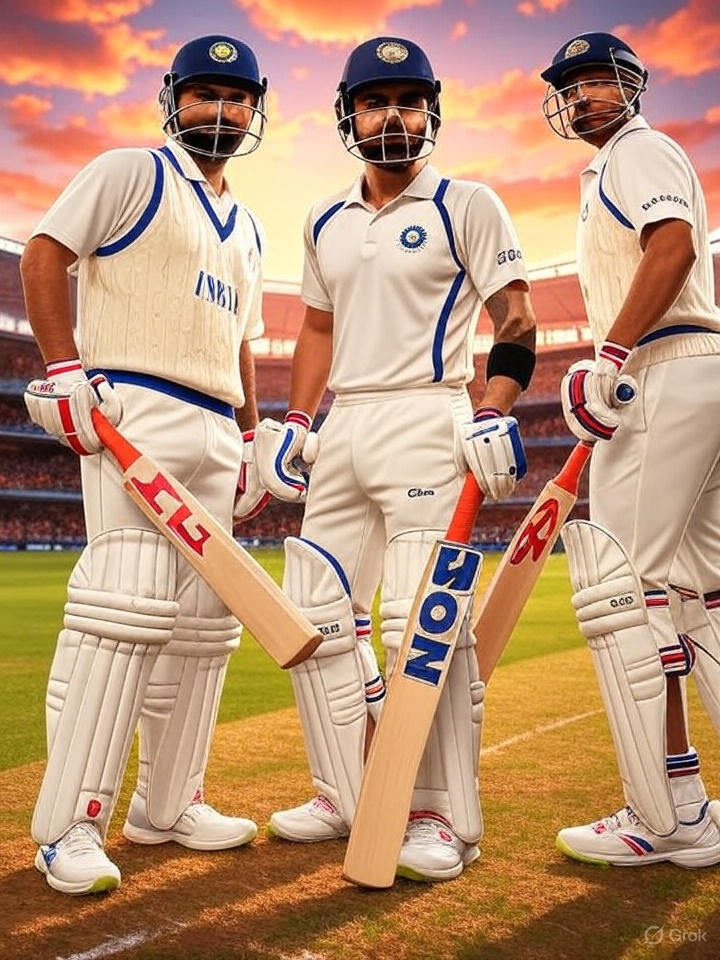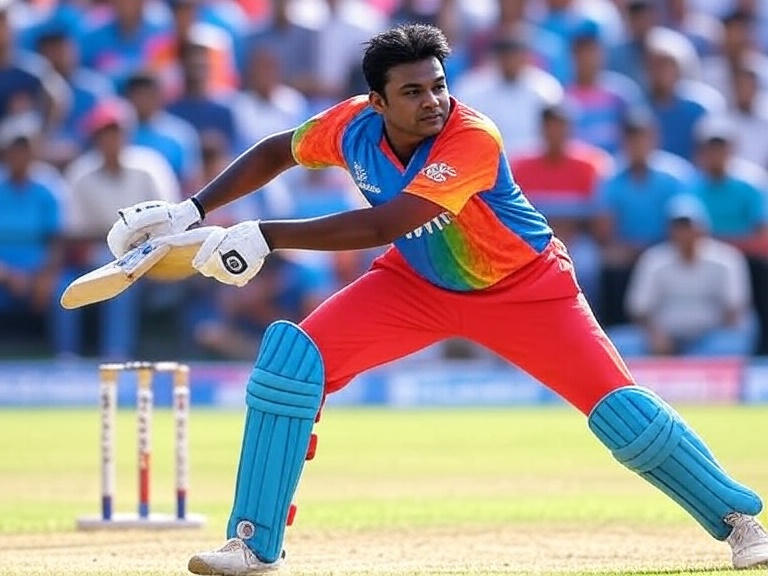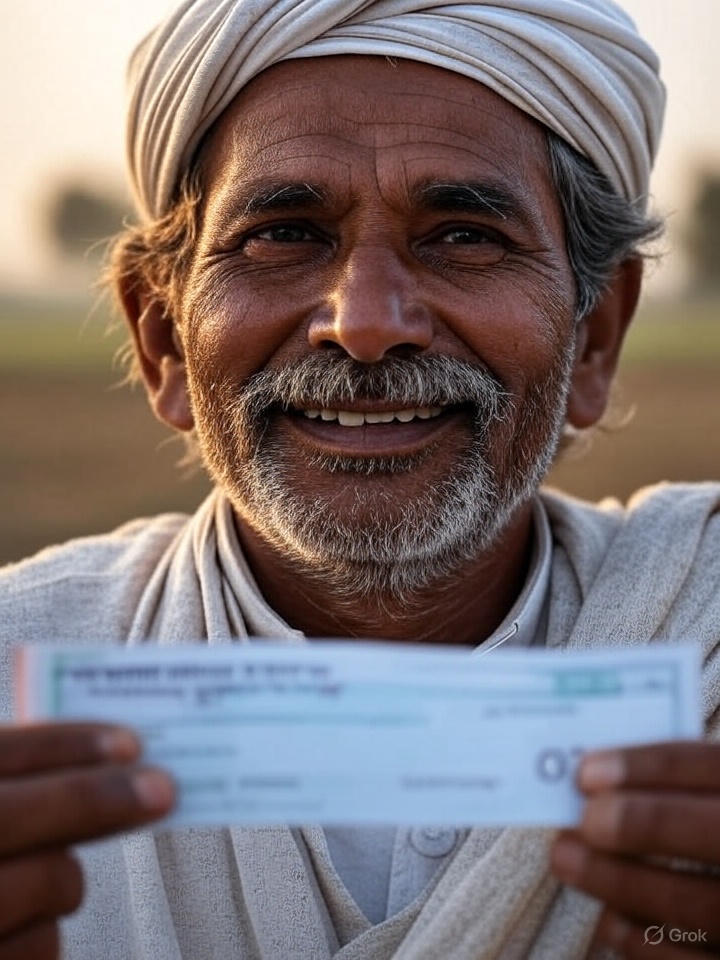Walk through any Indian city, town, or village during a high-stakes Cricket in India match – especially against arch-rival Pakistan. Streets lie eerily deserted. Shops shutter early. Screens glow from every home, tea stall, and mobile phone. A collective gasp rises with a near-miss, erupting into deafening roars at a boundary or a wicket. This isn’t just fandom; it’s a shared spiritual experience, a cricket passion India that borders on the devotional. To understand why cricket rules India and why other sports pale in comparison, one must look beyond the boundary ropes and into the heart of the nation’s identity.

The Genesis of a National Obsession: History and Identity
The roots of cricket religion in India lie intertwined with its colonial past. Introduced by the British as an elite pastime, it carried an early association with status and aspiration. However, post-independence, it transformed into something far more potent. Cricket became a viable, global arena where India could compete against its former colonizers and the world on equal footing. While field hockey held the early mantle of national pride, its administrative decline created a void. Then came the watershed moment: Kapil Dev lifting the 1983 World Cup. This wasn’t just a win; it was a national catharsis, irrefutable proof that India could be world-beaters. This catalytic event ignited the Indian cricket obsession, cementing the sport as a primary vessel for cricket nationalism India.
The Pantheon: Gods Wielding Willow and Leather
No analysis of why cricket is popular in India is complete without its demigods. Sachin Tendulkar transcended sport, becoming a national symbol of hope, perseverance, and excellence for over two decades. His adoration was near-religious. This cricket craze is sustained by a continuous dynasty of superstars – Kohli, Dhoni, Ganguly, Dravid, Gavaskar – who command fanatical loyalty. Fans don’t merely watch; they live vicariously through their heroes. The emotional investment is profound; a player’s success feels like a personal victory, their failure a collective mourning. This depth of personal connection, this elevation of players to iconic status, is unmatched in the sports culture India. While stars like Neeraj Chopra or P.V. Sindhu inspire immense pride, their cultural penetration and the sheer scale of the cricket fanbase India they command remain distinct.
The Ecosystem of Worship: Media, Money, and Mass Culture
The cricket influence in India is amplified and sustained by a formidable ecosystem. Cricket dominates India‘s media landscape, saturating news channels, newspapers, and digital platforms year-round. This relentless coverage fuels constant engagement. The true game-changer, however, was the Indian Premier League (IPL). This franchise-based T20 league is a cultural juggernaut – a months-long carnival blending high-octane cricket, Bollywood glitz, big business, and intense regional loyalty. The IPL provides unmatched spectacle, accessibility, and a yearly ritual that grips the nation. This feeds into a commercial dominance: massive sponsorships, astronomical advertising revenue, and player salaries flow almost exclusively into cricket, reinforcing its primacy. Cricket terminology permeates daily language, films, and social conversations, solidifying its place as the dominant narrative in Indian sports.

Accessibility and the Mirage of the Gully
Part of why Indians love cricket stems from its perceived accessibility. At its most basic level, cricket in India requires minimal specialized infrastructure – a bat, a tennis ball, and any open space (a ‘gully’) suffice. This ubiquity fosters early participation and familiarity, visible in games played on streets, maidans, and even rooftops across the country. It creates the illusion of an open pathway. While reaching the professional echelons is fiercely competitive and often influenced by complex socio-economic factors, this grassroots visibility fuels the cricket popularity India enjoys.
The Neglected Congregation: Why Other Sports Fade
The stark reality of the Indian sports comparison highlights why cricket vs other sports India is such a lopsided contest. Other sports are trapped in a vicious cycle. Chronic underinvestment, plagued by administrative ineptitude within federations, inconsistent funding, and dilapidated infrastructure stifle development. Media neglect is glaring; coverage is sparse outside major events like the Olympics, making it difficult to build consistent fanbases or commercial appeal. This leads to a sponsorship drought, as corporates overwhelmingly back cricket, seeing proven returns on investment. Talented athletes in hockey, football, badminton, or kabaddi achieve greatness but often lack the sustained marketing and media machinery that elevates cricket stars to national deities. While sports like football command passionate sports in India followings in specific regions (e.g., Kerala, West Bengal, Goa), and leagues like the Pro Kabaddi League (PKL) show promise, they struggle to generate the unified, nationwide fervor that defines the cricket fanbase India. Cricket vs football India, for instance, highlights this disparity – football’s deep regional roots haven’t translated into consistent national primacy like cricket’s.

Conclusion: The Enduring Altar
Cricket in India is far more than the nation’s favourite sport. It is a secular religion, a fundamental thread woven into the social and cultural fabric. Its status arises from a unique, self-reinforcing ecosystem: a potent historical foundation, amplified by national heroes who inspire profound emotional connection, turbocharged by media saturation and commercial might (especially the IPL), and buoyed by the perception of grassroots accessibility. This creates an unmatched cricket passion India.

While passionate followings exist for other sports and individual Olympic heroes spark moments of collective pride, they operate overwhelmingly within cricket’s long, deep shadow. Glimmers of change exist – the PKL’s success, increased visibility for badminton, or football’s growing youth appeal – but challenging cricket’s deep-rooted dominance requires systemic overhauls in administration, sustained investment, and media commitment for other sports that currently seem distant. For the foreseeable future, cricket remains the undisputed sovereign of the Indian sporting psyche. Other sports are played, but cricket is lived – a shared faith that unites a diverse nation like nothing else, truly justifying the notion of a cricket religion in India.
More in sports




